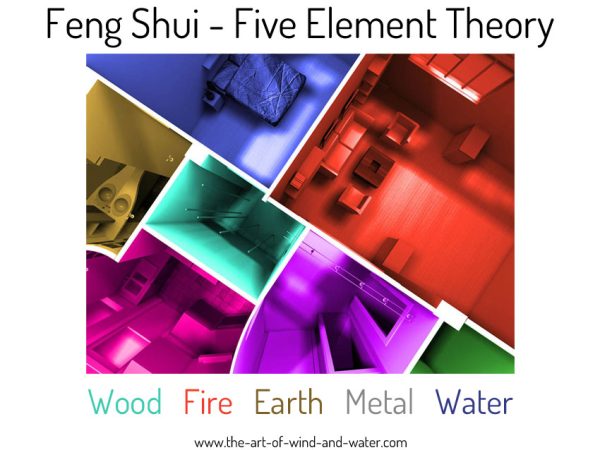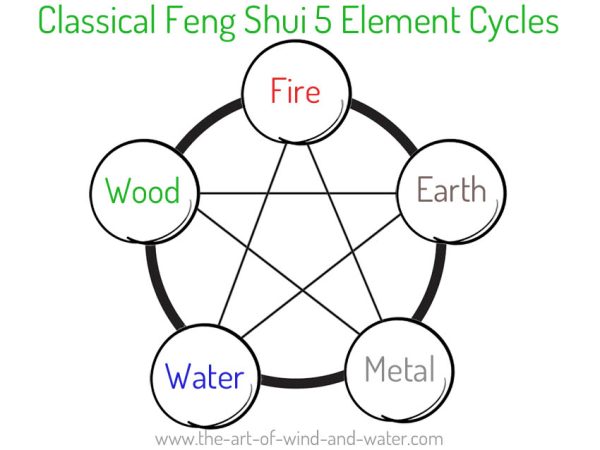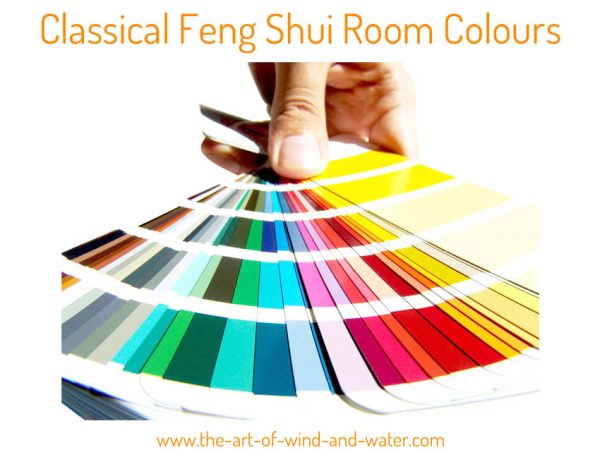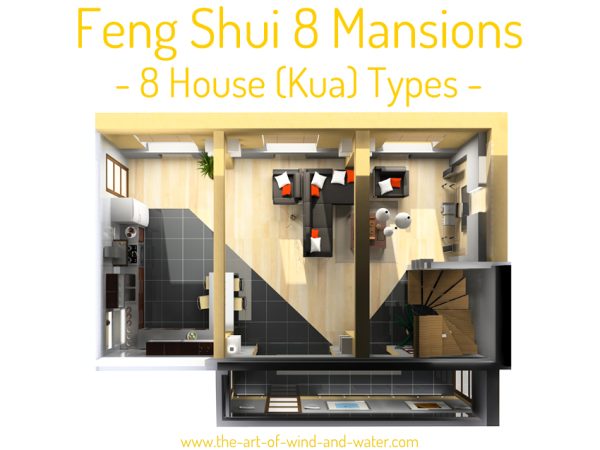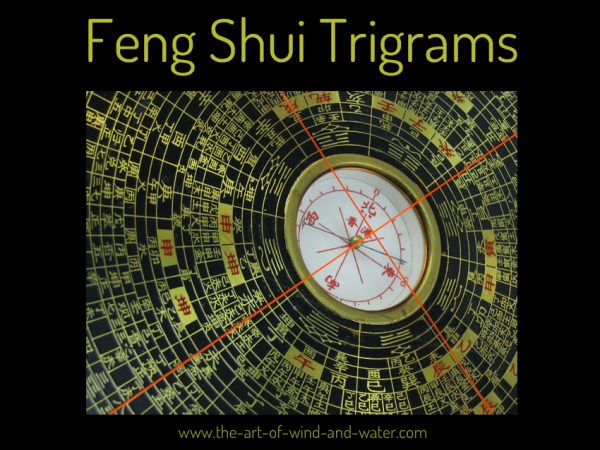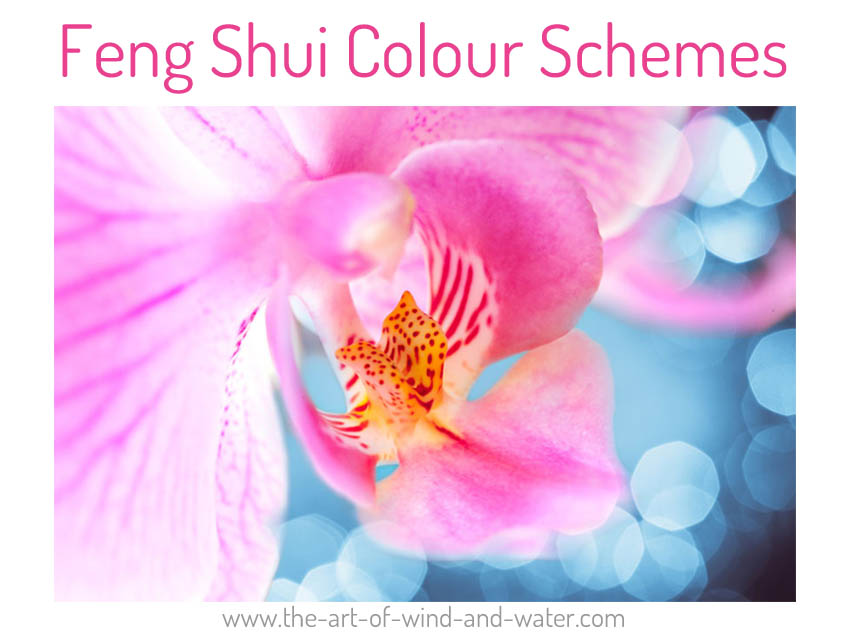
Feng Shui Colour Schemes
The history of colour is rooted in ancient times, religion and culture. There are many colour schemes and colour associations from varying corners of the globe. Here are the three main groups; Western, Eastern and Feng Shui.
Western Colour Psychology
Black Glamour, sophistication, power, style, depression, darkness, mysterious, evil, decay
White Purity, religion, faith, health, hygiene, sterile, stark, clinical, cleanliness, naivety, efficiency, innocence, cold, winter, empty
Grey Depression, dull, overcast, glum, industrious, un-energised, boring, illness, conformity, oppression
Orange Social, positivity, warmth, cheerfulness, creativity, health, happiness, soul, endurance, longevity, expression, awareness, uplifting
Blue Calm, conservative, intelligent, communication, authority, restful, leadership, rational, sincere, logic, truth, responsibility, royalty, clarity, confident, wise, loneliness, insular, healing, cooling
Red Passionate, cravings, desires, femininity, power, attraction, love, romance, wooing, confidence, courage, brave, sexuality, royalty, leadership, authority, glamour, fun, expression, fiery, bold, warning, help, danger, military, warmth
Yellow Uplifting, sunshine, nobility, optimism, summer, energetic, emotions, mental clarity, fear, visibility, stimulating
Green Calming, relaxing, resting, healing, soothing, nature, growth, development, prosperity, grounding, freshness, friendliness, jealousy, gluttony
Purple Mystical, spirituality, mysterious, meditation, higher intelligence, perfection, honour, dignity, sensitivity, depression, fear, creative, religion, faith, luxury, egotistic
Eastern Colour – Chakras
The seven chakra system is known for body and mind balance. Each colour vibrates at a different frequency, relating to health, wellbeing, emotions, body parts, Buddhist tradition and prana.
Violet/Magenta/Royal Purple Crown chakra, top of head, inspiration, spiritual, perfection, self-knowledge
Indigo/Violet/Dark Blue Third eye/Brow chakra, centre of forehead, imagination, creativity, wisdom, spiritual
Sky Blue Throat chakra, Adam’s apple area, communication, tranquillity, truth, knowledge, loyalty
Green Heart chakra, centre of chest, unconditional love, balance, forgiveness, centre of your soul
Yellow Solar plexus chakra, below chest, clarity, well-being, confidence, warmth, humour, will
Orange Sacral chakra, adrenals and kidneys, harmony, sexual desire, adaptability
Red Base chakra, base of spine, reproductive organs, passion, power, courage, instinct
Feng Shui Colours
Based on the Classical Chinese theory of Traditional Chinese Medicine, the Feng Shui colour palette for Feng Shui is based on the five elements. Click these links for a detailed over-view of the associations that relate to the five elements and the eight trigrams. Within Feng Shui, it is popular belief in the West that to bring love and passion into a room you need to apply the colour red or pink. When using Classical Feng Shui methods, within the compass school such as the Flying Stars system, this may be unfavourable. An analysis of the flying stars would be conducted to determine which element is needed to drain or weaken the unfavourable residing flying stars, or would enhance or strengthen the favourable residing flying stars.
Wood Green, blue green, olive green, forest green
Fire Red, purple, sky blue, baby blue, lilac, pink, orange, baby pink, violet, turquoise
Earth Brown, cream, yellow, tan, beige, grey-brown, earthy tones, ivory, magnolia
Metal Brilliant white, silver, gold, chrome, brass, bronze, copper, any metallic colour
Water Black, navy, midnight blue, dark blue, charcoal, dark blue-grey
The 5 Element Theory
The Taoists believe that everything between Heaven and Earth has an interaction with the five elements. Each element is associated with different: years, months, days, minutes, seasons, weather, cardinal directions, colours, organs, body parts, illnesses, speech, sounds, emotions etc.
5 Element Cycles
As with Yin Yang theory, the 5 elements also interact with each other and hold different relationships depending on which element is in focus. Read more about the constructive cycle, the draining cycle, the insulting cycle and the deconstructive cycle.
5 Elements Architecture
In the surrounding environment, shapes in the landscape whether natural or built correspond to the five element theory. This article looks at buildings and the five elements: wood, fire, earth, metal, water.
5 Elements Room Colours
Each colour is associated with one of the 5 element theory and can be applied as a remedy for the Flying Stars compass school analysis of a home layout.
8 Mansions
There are two Classical Feng Shui methods using the Eight Mansions analysis. The first is used for room placement, known as the House Kua to map out the four favourable sectors and the four unfavourable sectors in the home.
The 8 Trigrams
The 8 Chinese trigrams (and central number 5 which does not have a Trigram), are associated with a cardinal direction, number, element, organ, body part, illness and other associations. The 8 trigrams are birthed from the 5 elements.

